When Tim Schmidt and his friend John Nelson broke through the overgrown and matted foliage into the Lost Gardens of Heligan they entered a forgotten world. In the midst of the overgrown walled kitchen gardens they stumbled on a decaying greenhouse,whose wooden walls had rotted with age, the crazily leaning fineal serving as a metaphor for the lost grandeur of the place. Schmidt and Nelson trod carefully through the decaying structure, before deciding that such deterioration of a beautiful place should not be tolerated They had stepped into a lost world, a garden that was once the pride of South West Britain. Why had it decayed and been abandoned? The two friends soon found out.Schmidt discovered the names of several gardeners written as graffitti in the toilets. The same names were found on the local cenotaph, which revealed that sixteen of the twenty gardeners had died in World War 1,killed fighting in the Cornwall Light Infantry. The few who survived were insufficient and the family who employed them were economically stretched and emotionally exhausted, so the gardens fell into the decay from which Tim rescued them over sixty years later to form one of Cornwall's prime tourist attractions.
The extensive gardens contained a variety of features, including a walled kitchen garden. It was this kind of garden that was the pride of the English country house in the period before World War 1.It was a garden that might cover several acres and which fed not only the great family, but also the servants and estate workers. Concealed within four walls was a richly productive garden in which a wide variety of fruit and vegetables flourished and in which several men worked long hours achieving horticultural perfection using the technology available at the time.
The gardens produced fruit and vegetables, both within and without their walls. Outside the walls the slips, the areas beyond the walls, were used for the extra production of coarse vegetables, such as cabbage and potatoes, which were required in bulk and which sometimes took up whole fields,but within the walls there was a rich variety of vegetables and fruit requiring subtle cultivation. In the slips were the manure yards and various sheds, but inside the walls was where the skilled and dedicated horticulture took place, and inside were the main paths on which the owners would take their guests for strolls to show off the productive gardens.
At the heart of the country house walled garden system was the relationship between head gardener, owner and cook. The owner wanted food all year round, regular cut flowers for the house, and also exotic vegetables and fruit to show the owner's status to visitors. The head gardener must supply them. But on a daily basis the head gardener used to negotiate with the cook, who would tell him what vegetables she wanted [Cook was always she, just as gardener was always he.] His daily ritual involved a visit to Cook. A less desirable ritual was given to one of the garden boys, who in an age before flush toilets existed was detailed to collect the night soil that the house had produced for use in the gardens. But at least he could have a quick chat with the maids.


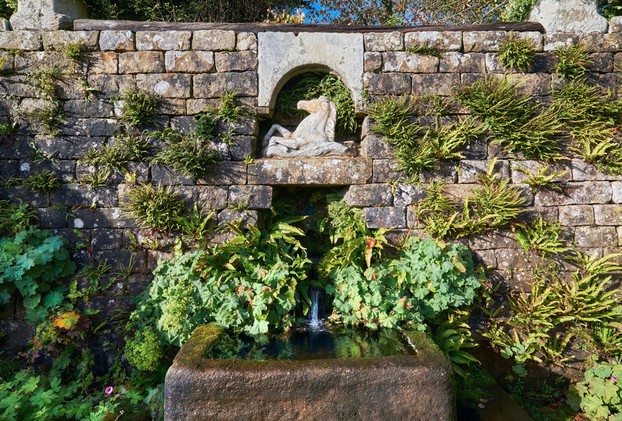
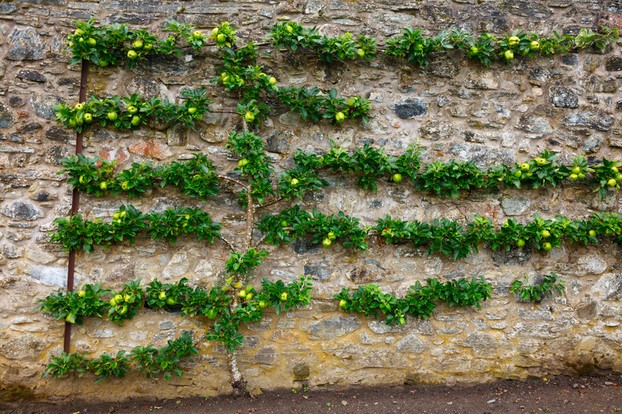





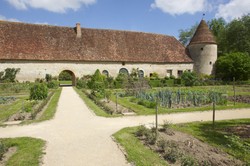

 TheThousand Year Gardenon 11/26/2025
TheThousand Year Gardenon 11/26/2025
 Women of the Gospelson 10/11/2025
Women of the Gospelson 10/11/2025
 Religious Gardenson 08/25/2025
Religious Gardenson 08/25/2025
 Doctor of the Church: John Henry Newmanon 08/03/2025
Doctor of the Church: John Henry Newmanon 08/03/2025

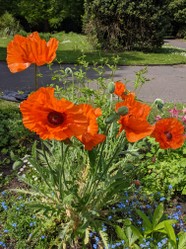
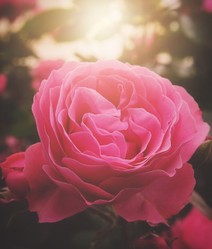
Comments
Irish myths. But they do not tell you much.
Thank you for your comment below in answer to my previous observation and question.
Tumblr has a Family tree of Tuatha de Danann. It lists as its fourth entry Bodb Dearg, among whose children of mothers no longer known to us Doirend, variant spelling of Doireann.
It looks like only her name and its meaning and its variant spellings make it into anything about her!
What might be the earliest extant source about Tuatha de Danann and their famous and not-so-famous -- such as Doireann -- descendants?
Not all of it was familiar to me. Thankyou.
Not really. There does Not seem to be much information about it.
That same Celtic Female Names of Ireland on the Freepages.rootsweb.com site (https://freepages.rootsweb.com/~mallo...) also associates Doireann with the anglicized Doreen as "moody" and with the anglicized Dairine as a legendary princess of Tara, with her forename from the Old Irish daire for "fertile, fruitful."
Might there be information available about Princess Doireann anglicized as Dairine?
The article Celtic Female Names of Ireland on the Freepages.rootsweb.com site (http://freepages.rootsweb.com/~mallor... associates Doireann with the Old Irish doirend for "daughter of Finn" or "sullen" or "gift of God."
That article attributes the name to the daughter of fairy king Midir and to the granddaughter of pagan god Dagda.
That personal first name can be Anglicized as Doirend, Doirind, Dorren or Dorothy.
Might the above information all be familiar and known already to you?
Dorsey House is in England, so it is unlikely that it would be using an Irish name. It may descend from annancient Celtic name, as there were Celtic survivals in the part of England where Dorney is.
Thank you for your comment below in answer to my previous observation and question.
English Wiktionary gives as the name etymology Dorney, from Irish Ó Doirinne (“descendant of Doireann”), with the latter generated from dodaire (“sullen, sulky”).
Online sources give nothing else. Might Doireann be the name of someone in ancient Irish culture?
Yes, it is still standing.
Probably. I do not know for sure.